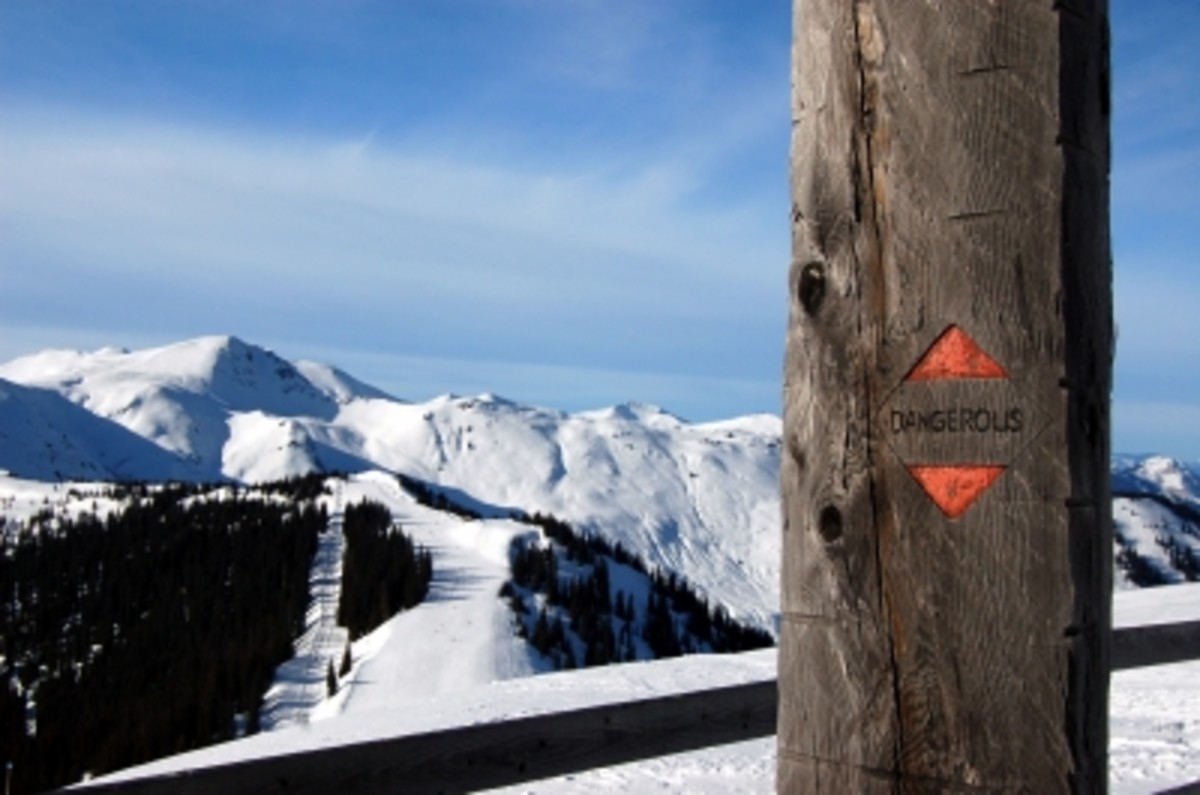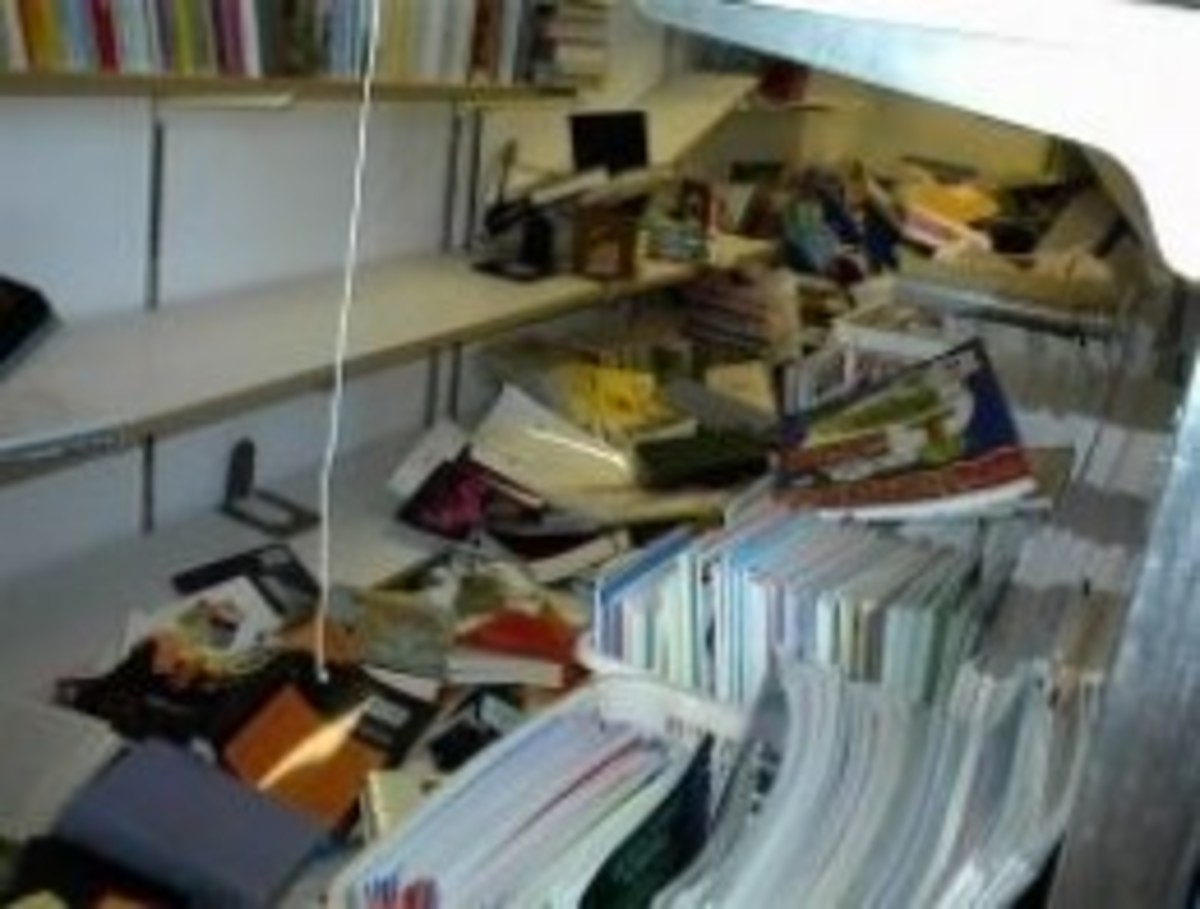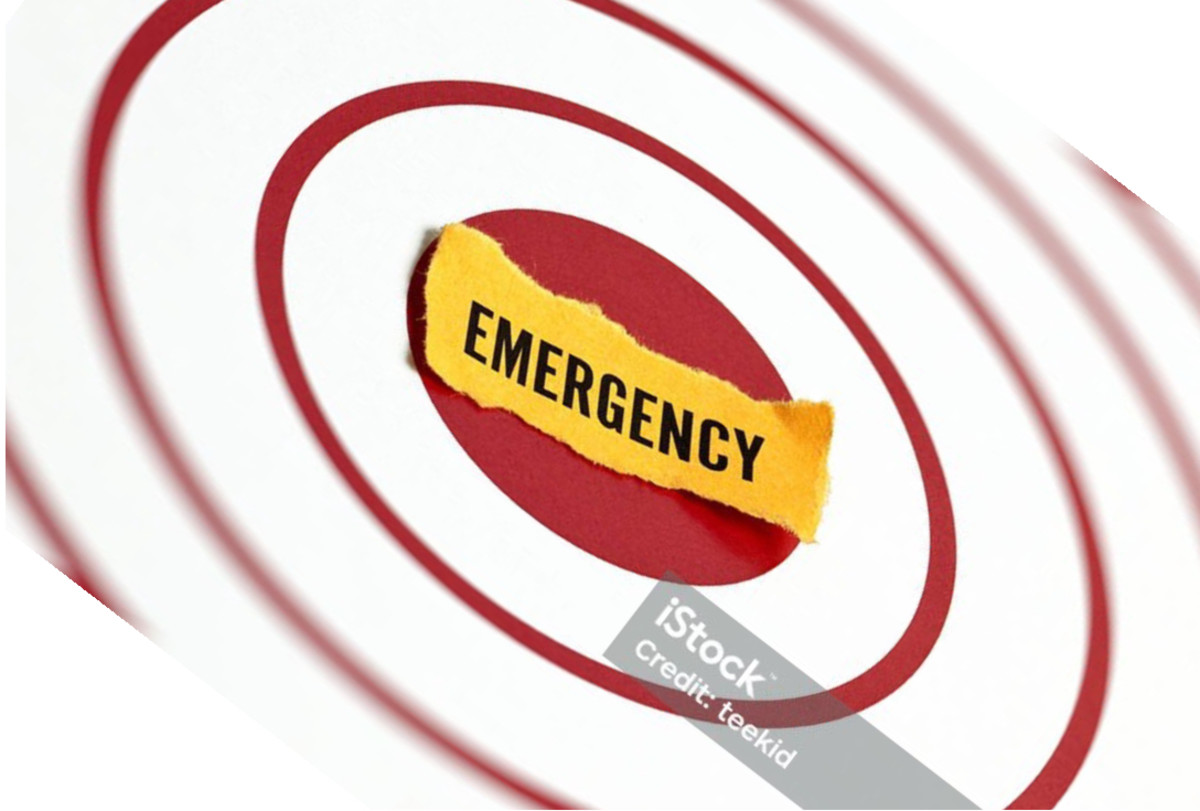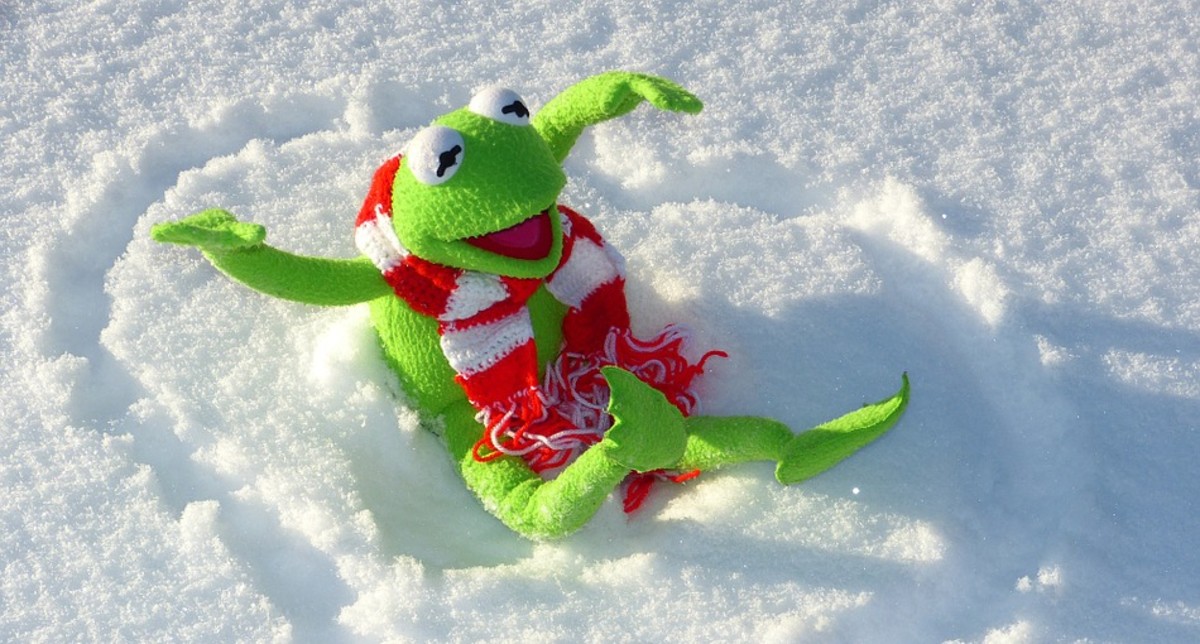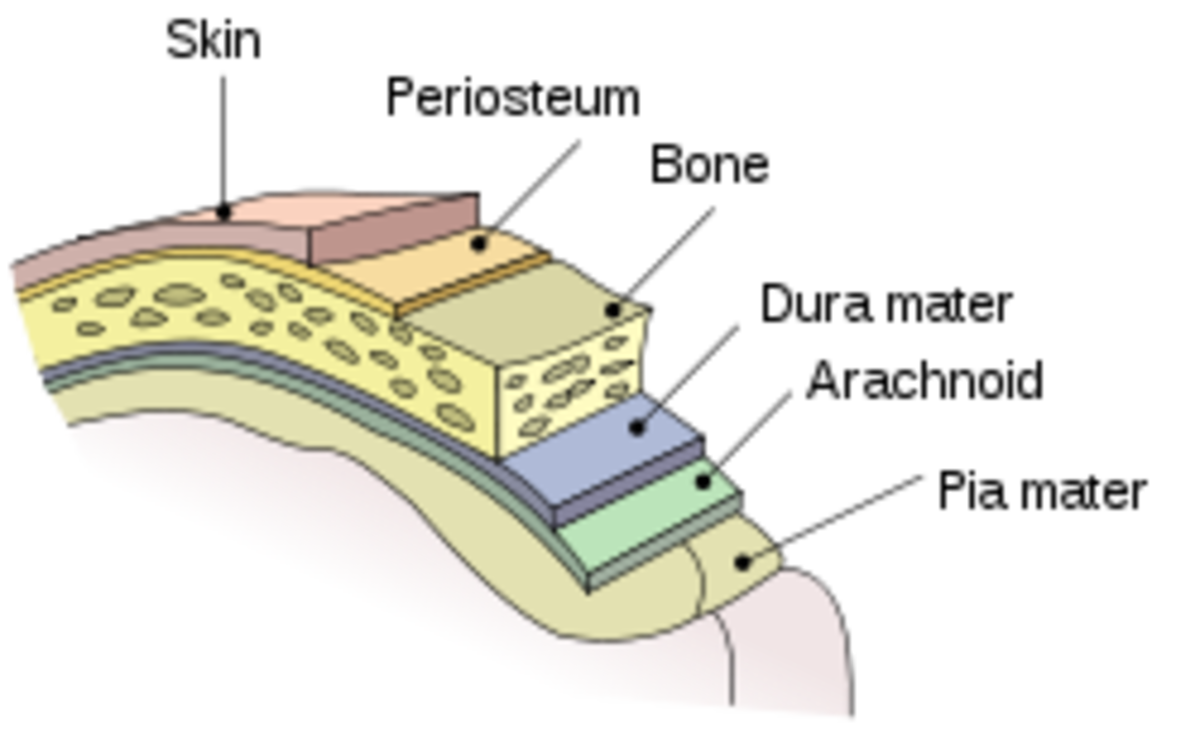Earthquake Safety Tips
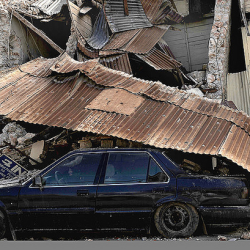
Earthquake Survival Starts with Preparedness and These Earthquake Safety Tips Should Help
Living on the Pacific Ring of Fire, I am aware of the damage earthquakes cause. As a former Red Cross instructor of a course entitled "Safety and Survival in an Earthquake" I am also knowledgeable on earthquake safety.
Remember the time to discuss earthquake safety tips with your family is now. It's too late to look for the "instructions" once the earth starts shaking. Here you will find a simple to put in place plan. Read it, take the preparatory steps and share the information with your family and friends. Whether you get the information from this page, or somewhere else is not important. What is important is that you do it now, so you are prepared. You never know what will happen later.
I am a former instructor of the American Red Cross class "Safety and Survival in an Earthquake."
Be Prepared!
Protect yourself before an earthquake:
Prepare your house
Prepare your emergency kit
Prepare your family
Prepare Your House - When to Prepare - NOW!
Look around - see how many dangers you can spot.
Now lets go room by room, starting in the bedroom and moving out to the living areas. If you sleep for 8 hours per day, you have a one in three chance of being in bed when the next major quake hits.
- Move the bed away from the window.
- Remove any heavy art or objects from the walls over your bed that could fall you while you are asleep.
- Store a pair of sturdy shoes under the bed (there could be broken glass after a quake)
- Keep a flashlight next to each bed.
- Bolt to the wall: your dresser; bookshelves; and anything taller than it is wide.
- Bolt or brace water heaters and gas appliances to the walls.
- Install latches on your kitchen cabinets which contain a lot of glass.
- Take a First Aid course and have a good first aid book on your shelf.
If You Own Only One First Aid Book, This is It!

Prepare Your Emergency Kit - NOW! - Keep your emergency kit in a portable container near an exit door.
Imagine the aftermath of a major earthquake: emergency services are stretched to their limits, power may be out and stores may be closed.
You may need to be able to be self-sufficient for 72 hours.
There are lots of companies which make emergency kits, but you can also make your own. Keep it in a portable container like a backpack or small suitcase and keep it near an exit door, or if your car is kept on the street in the boot (trunk). Do not keep your emergency kit in the kitchen as this is the room which will likely have the most broken glass in a major quake.
Your emergency kit should include, at a minimum:
- Water - 4 litres per person per day (a 3-day supply for evacuation and a 2-week supply for home).
- Food - non-perishable, easy-to-prepare items such as tuna or dried food (a 3-day supply for evacuation and a 2-week supply for home).
- Flashlight
- Battery-powered radio
- Fully stocked first aid kit.
- Any prescription medications or medical items (recommend a 7 day supply).
- Sanitary and personal hygiene items, including a roll of toilet paper.
- Copies of personal documents and emergency contact information - stored in waterproof protection, like a plastic bag.
- Cell phone with charger.
- Extra cash.
- At least one change of clothes per person.
- Emergency blanket.
- (If you have small children) diapers, other baby needs, and a toy.
- Local map.
- Extra batteries
Stock Your Emergency Kit to Last at Least 72 Hours
If You Don't Want to Make Your Own Kit - Check Out This 4 Person Earthquake Kit

Prepare Your Family - When to Prepare - NOW!
Read and learn the material on this page NOW; it's too late to look it up whilst the house is shaking. Bookmark this page and check back periodically to be sure you will remember what to do if you are in an earthquake. Remember the first few precious seconds are wasted as you realize it is an earthquake.
- Practice your emergency drills. You can also practice Drop, Cover and Hold On. Teach children to protect their head and neck and cover their face if they feel shaking in the night. Make it fun and they won't be afraid.
- Have a designated meeting place outside your home, so if you need to evacuate, everyone knows where to go.
- Select one out of town relative whom the extended family will contact for information about your safety. In badly hit regions the phone lines are often out of service so, having only one call to make is easier.
What To Do During The Quake
What to Do During an Earthquake - Remember - Don't Panic
When you feel the shaking, move to safety as defined below.
- If you are indoors, stay inside: Drop, cover and hold on. When you first feel the shaking either get underneath a desk, table or other heavy object and hold on to the leg, or stand under a structural doorway and cover your head and neck with your arms.
- If you are in bed, pull your pillow or blanket over your head for protection.
- If are no structural doorways or heavy tables, move away from the windows and crouch down against an exterior wall and use your arms to cover your head and neck.
- If you are in a crowded area move away from anything that can fall on you and take cover.
- If in a theatre or stadium, stay in your seat and get below the level of the back of the seat and cover your head and neck with your arms.
- If you are outdoors, move as far away from buildings as possible to prevent injury from falling glass, brick or signage. Also, stay away from cliffs and riverbanks.
- If you are in your car, pull over to the side of the road, off of bridges and away from overpasses and power lines.
- If a power line falls on your car, wait for assistance - do not get out.
Don't Forget To Drop-Cover-Hold On
Drop - to the ground
Cover - under a table or desk
Hold On - to the legs
What To Do After An Earthquake
What to Do Immediately After an Earthquake - Again - Don't Panic
- Put out any fires and check the gas lines. If unsure of its safety, turn off the gas, but remember only a gas company representative can turn it back on and that might take days.
- Check yourself and others for injury. Treat any life threatening injuries first, but do attend to all injury as hospitals may be quite filled up and you don't want an infection forming from a simple cut.
- Put on long pants, long sleeves, and heavy shoes to help protect yourself.
- Listen to the radio for any emergency information of instructions.
- Clean up spilt medications, bleach, gasoline or other flammable liquids immediately.
- Remember to open cupboard and closet doors carefully as contents may have shifted.
- Let your family know you are safe.
- Listen to your battery-operated radio, as it may provide information on the quake and local advice.
- Continue to be prepared and ready to take the appropriate safe action when aftershocks occur.
Worst Case Scenario - What to Do if You Are Trapped in a Collapsed Building - Don't Panic!
Remember, rescue workers are looking for you, but they are doing it slowly and carefully to prevent any other collapse. They often use rescue dogs or other tools to help find survivors.
- Cover your mouth and nose with some of your clothing to reduce the amount of dust you breathe.
- Check yourself for injuries and control any bleeding.
- Look for light.
- Tap or make other noise to draw attention to yourself for rescue, but save your voice and your energy. Do not yell until the rescuers are close.
This Page Has Been Featured by the Following New Zealand News Agencies
- Are you prepared for the next earthquake? | Otago Daily Times Online News
Local Wanaka mum Rhonda Albom is a former American Red Cross instructor of "Safety and Survival in an Earthquake" and has served as a rescue worker in a major California earthquake. - Expert gets a shock | Stuff.co.nz
The South Island's major earthquake on July 15 has prompted Rhonda Albom of Gulf Harbour to compile online safety tips for others.
© 2009 Rhonda Albom

